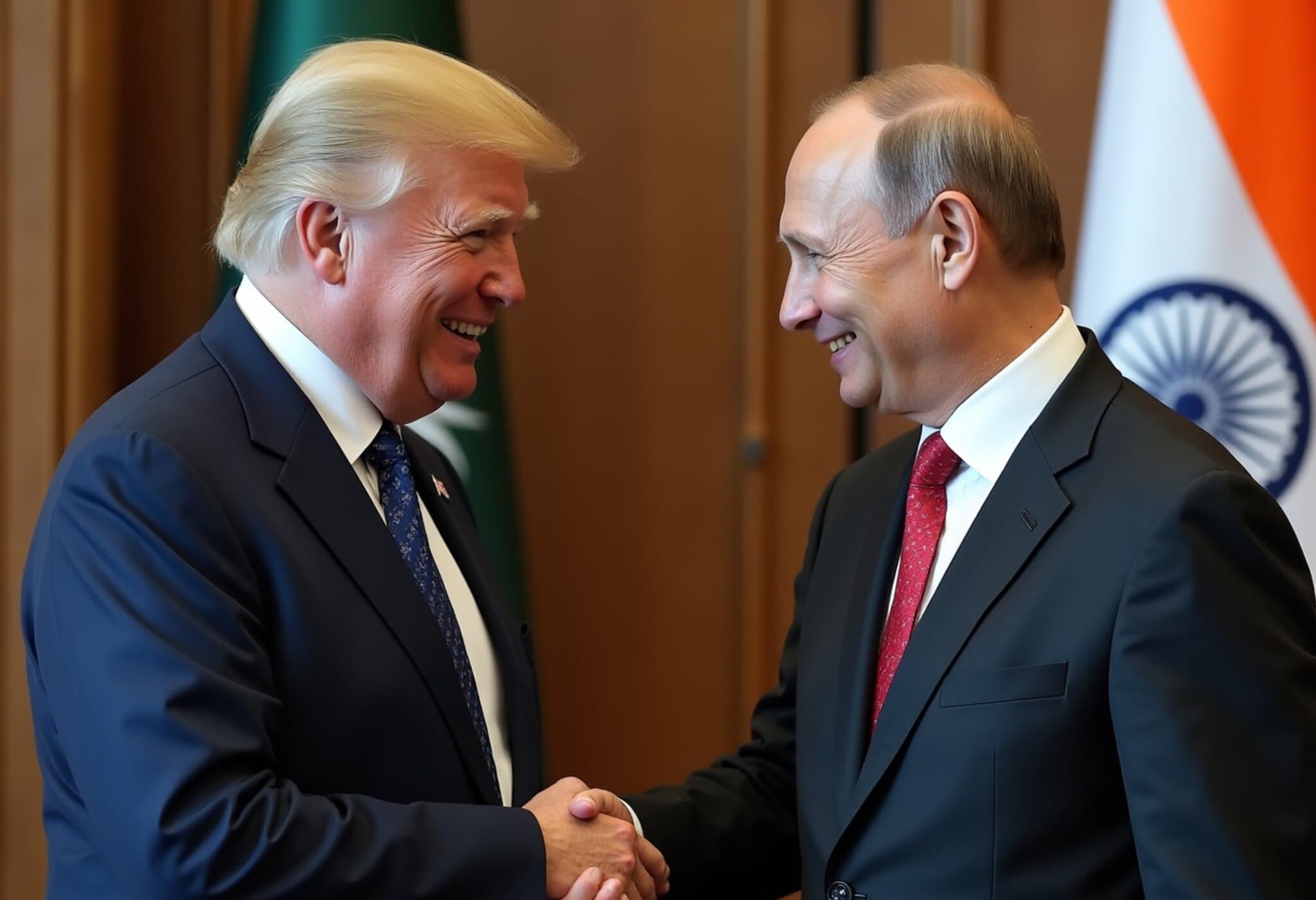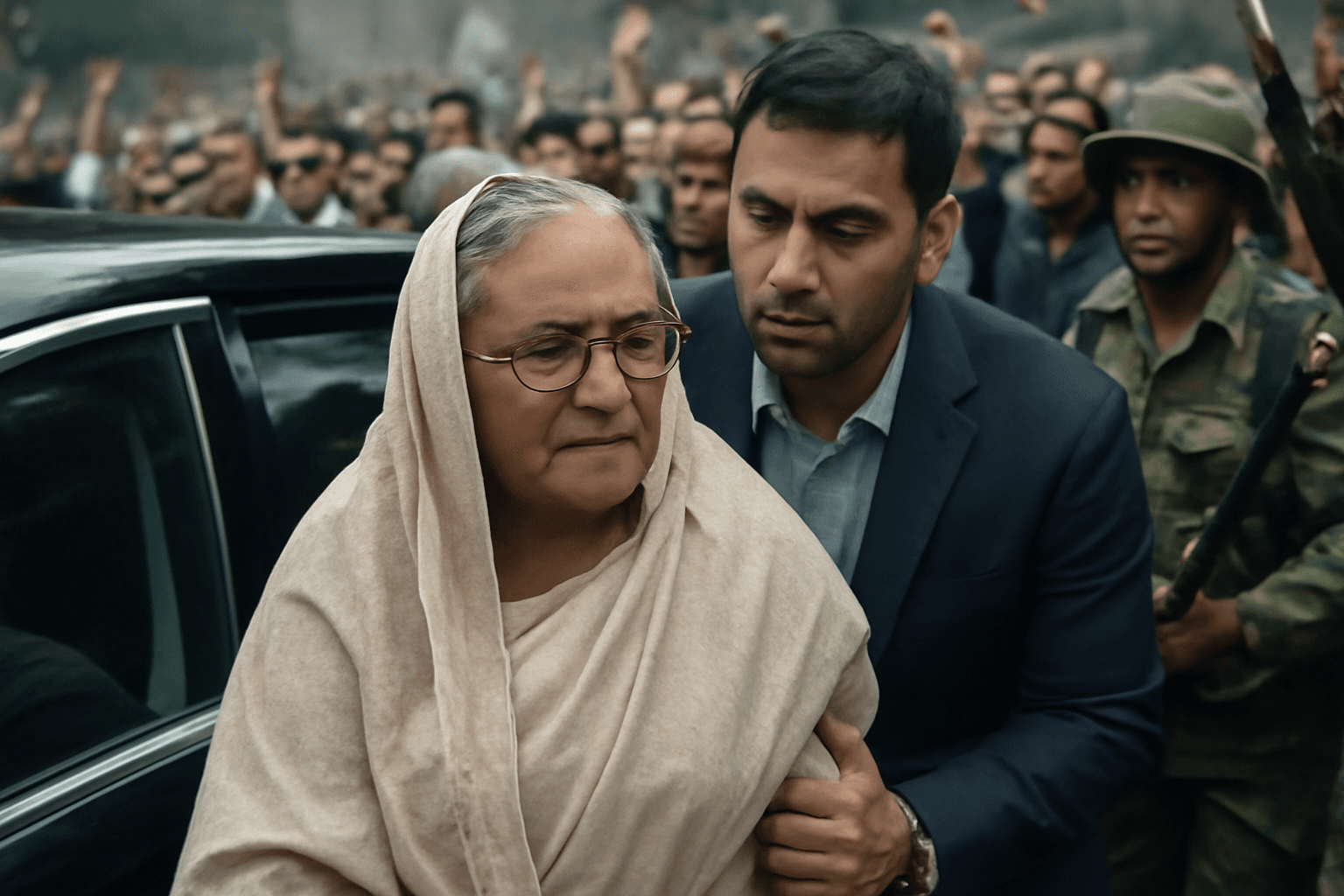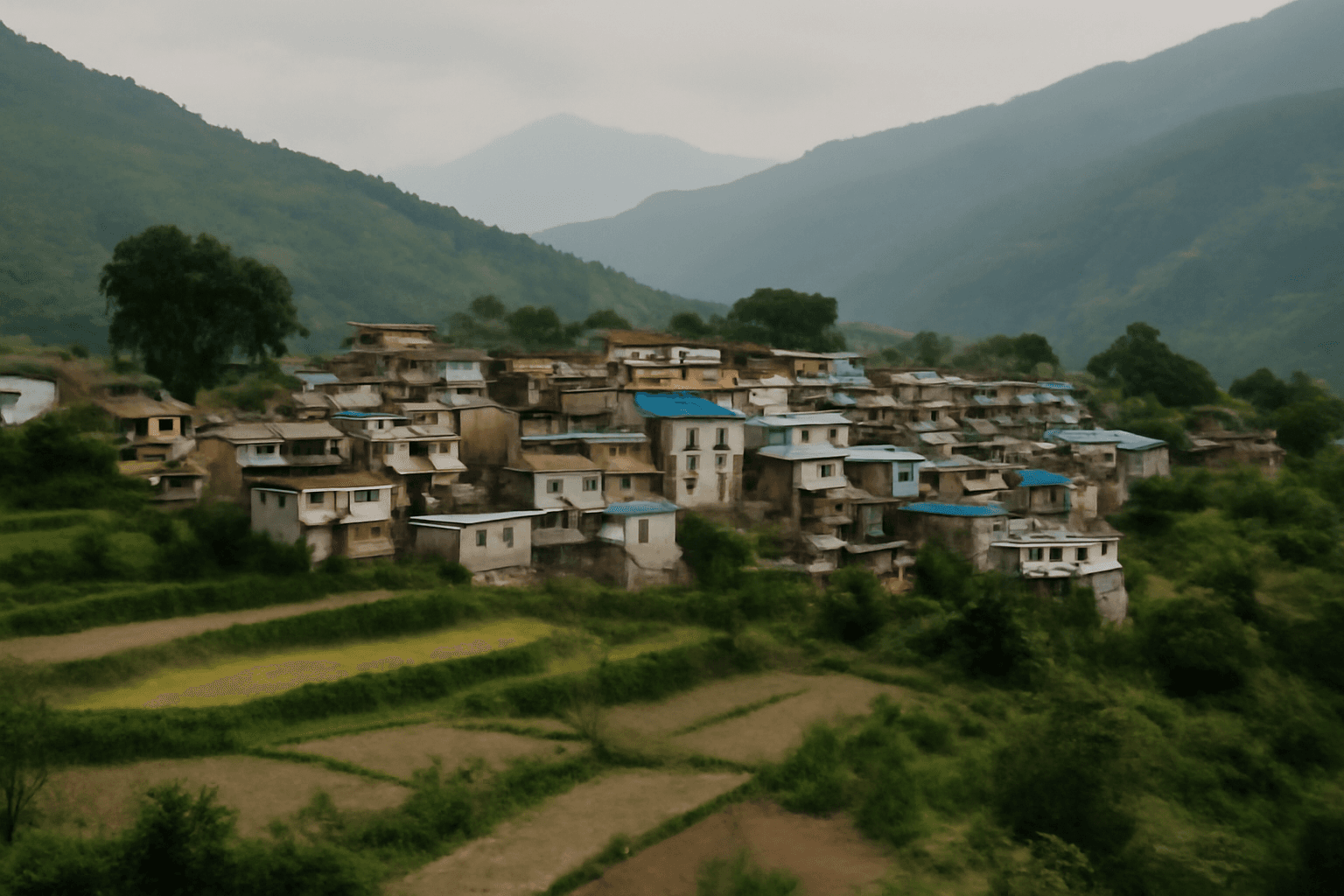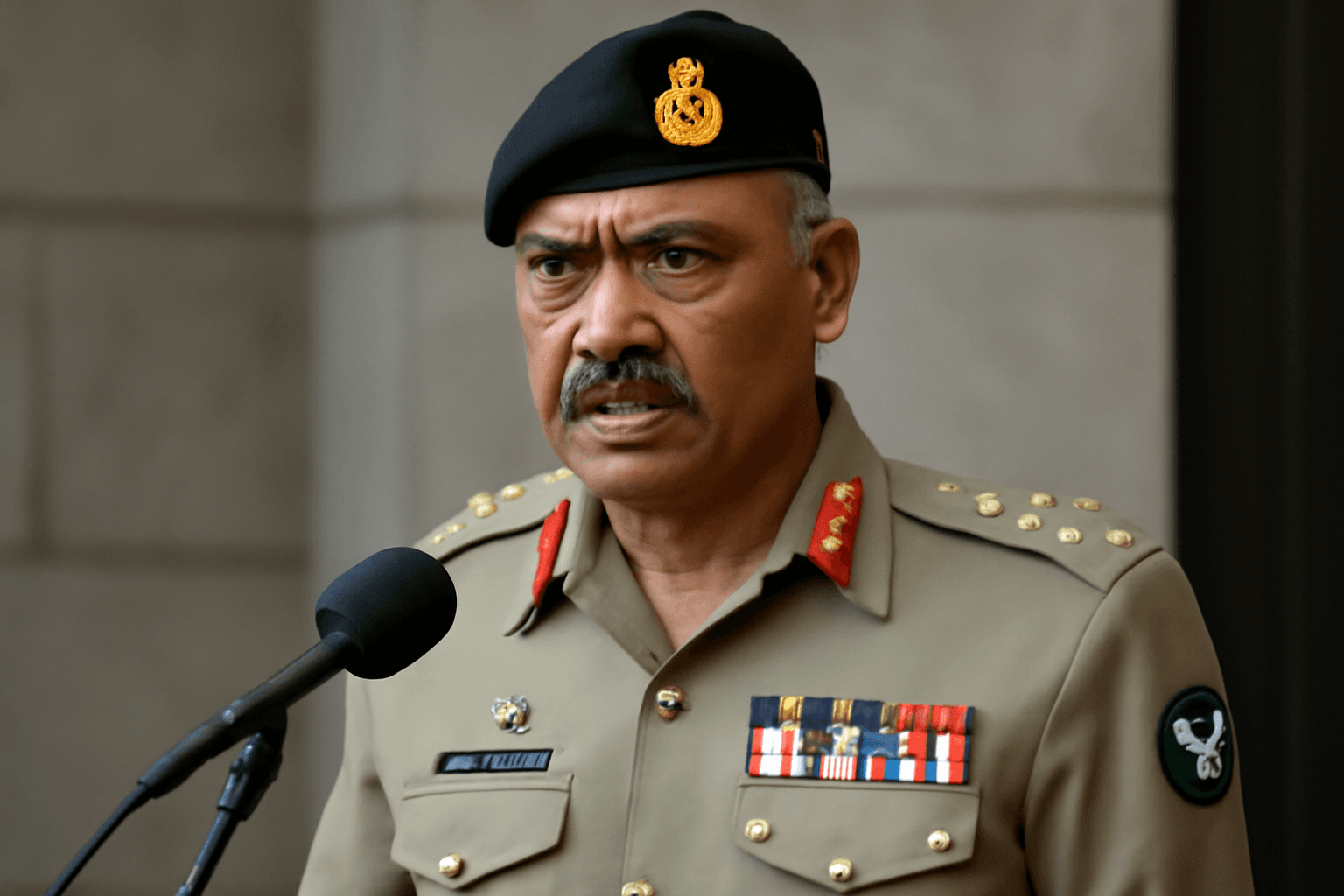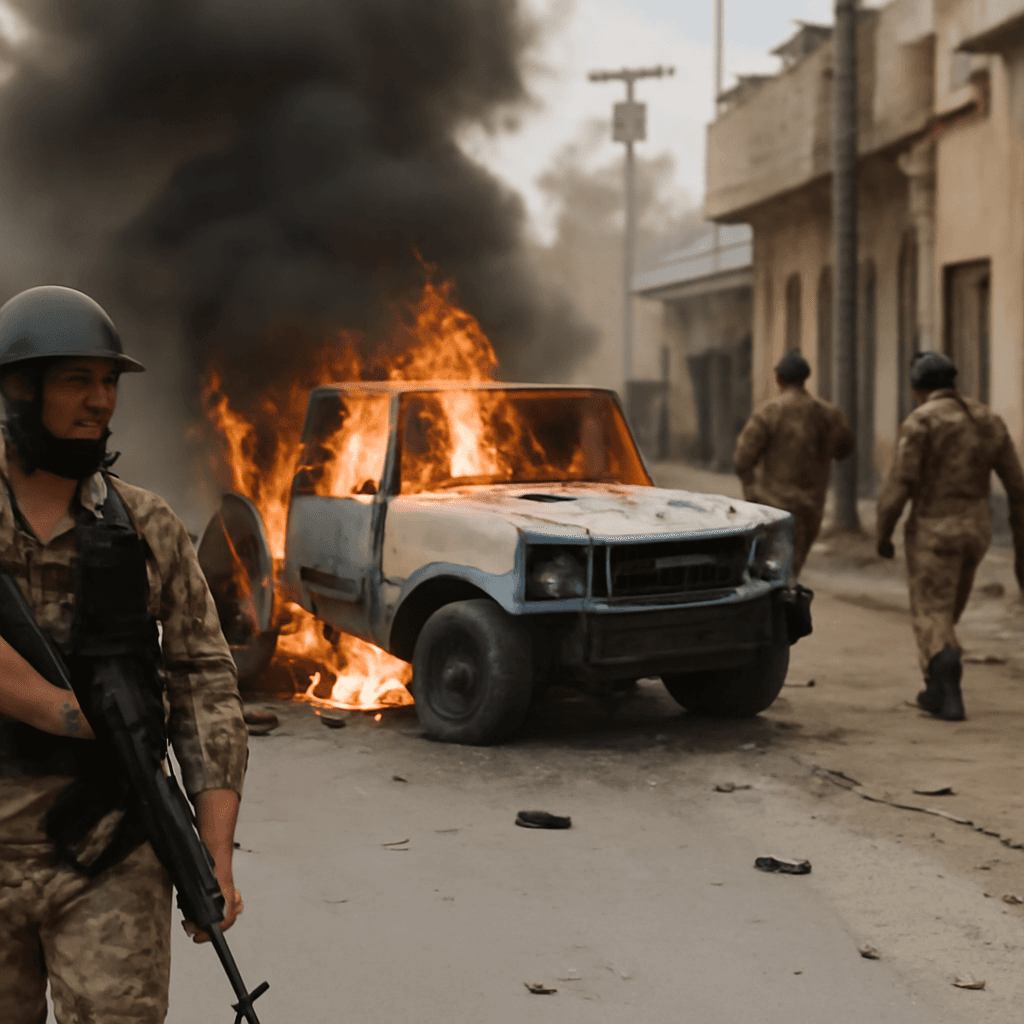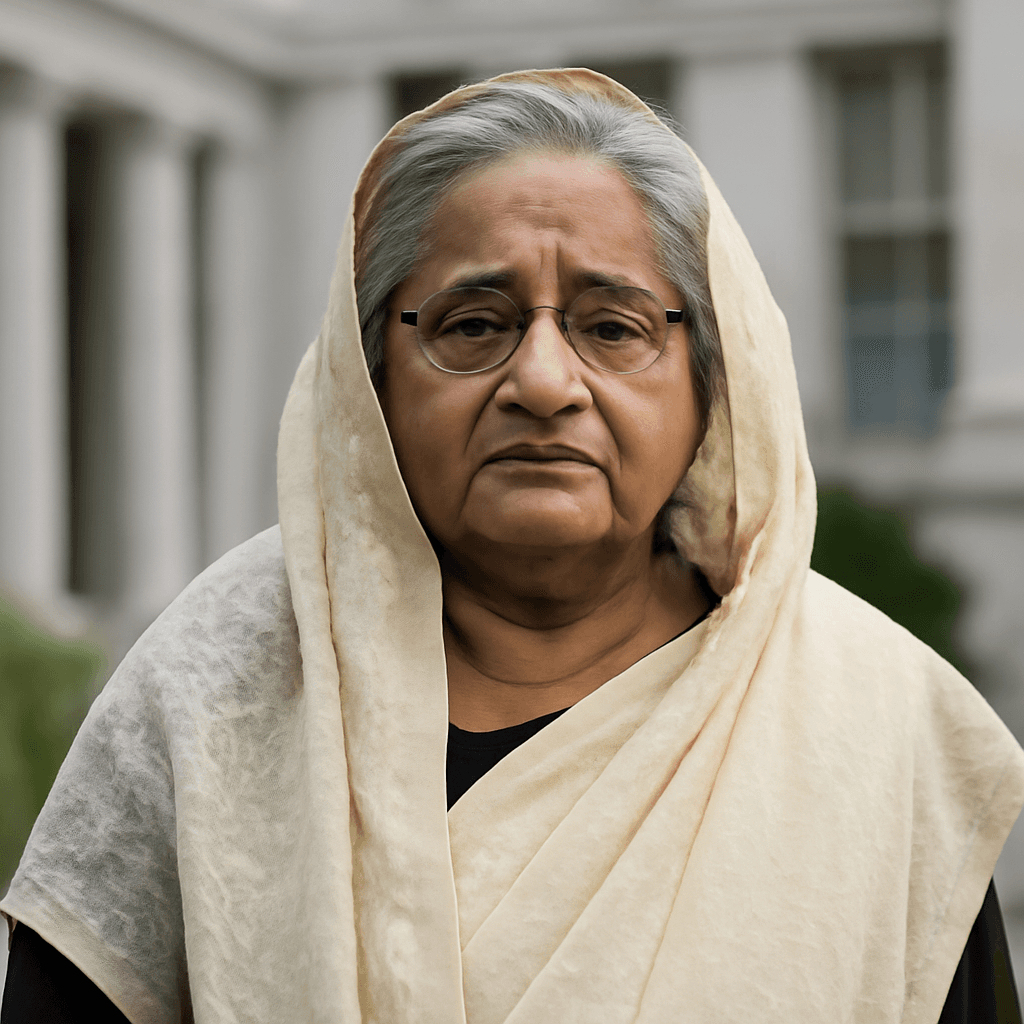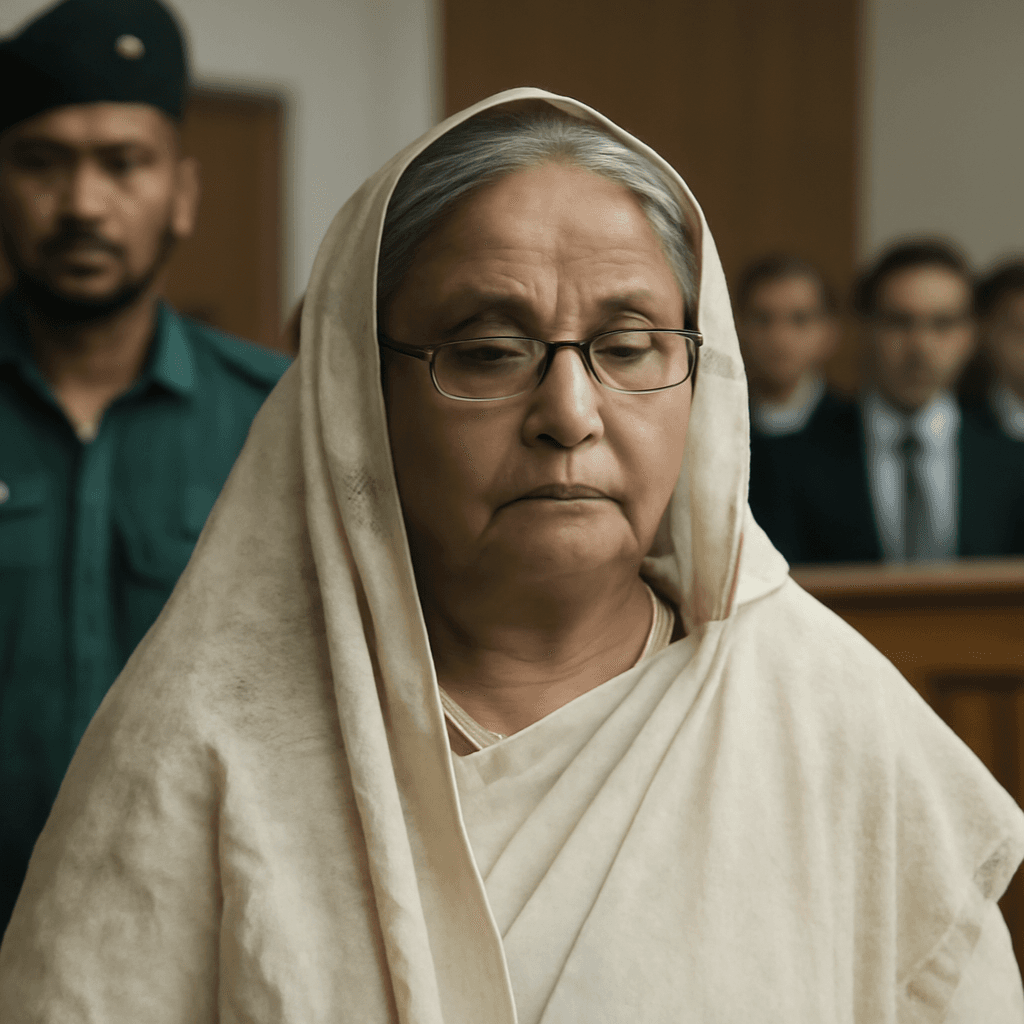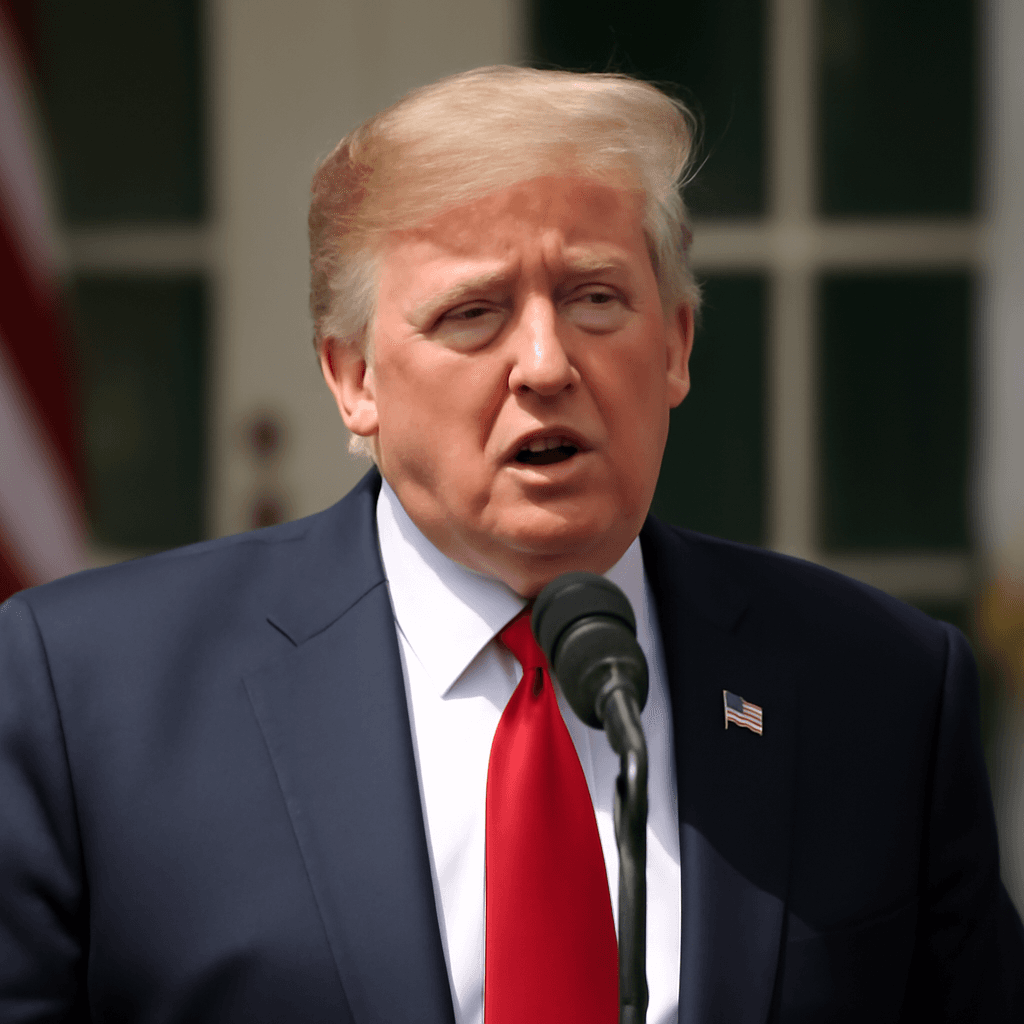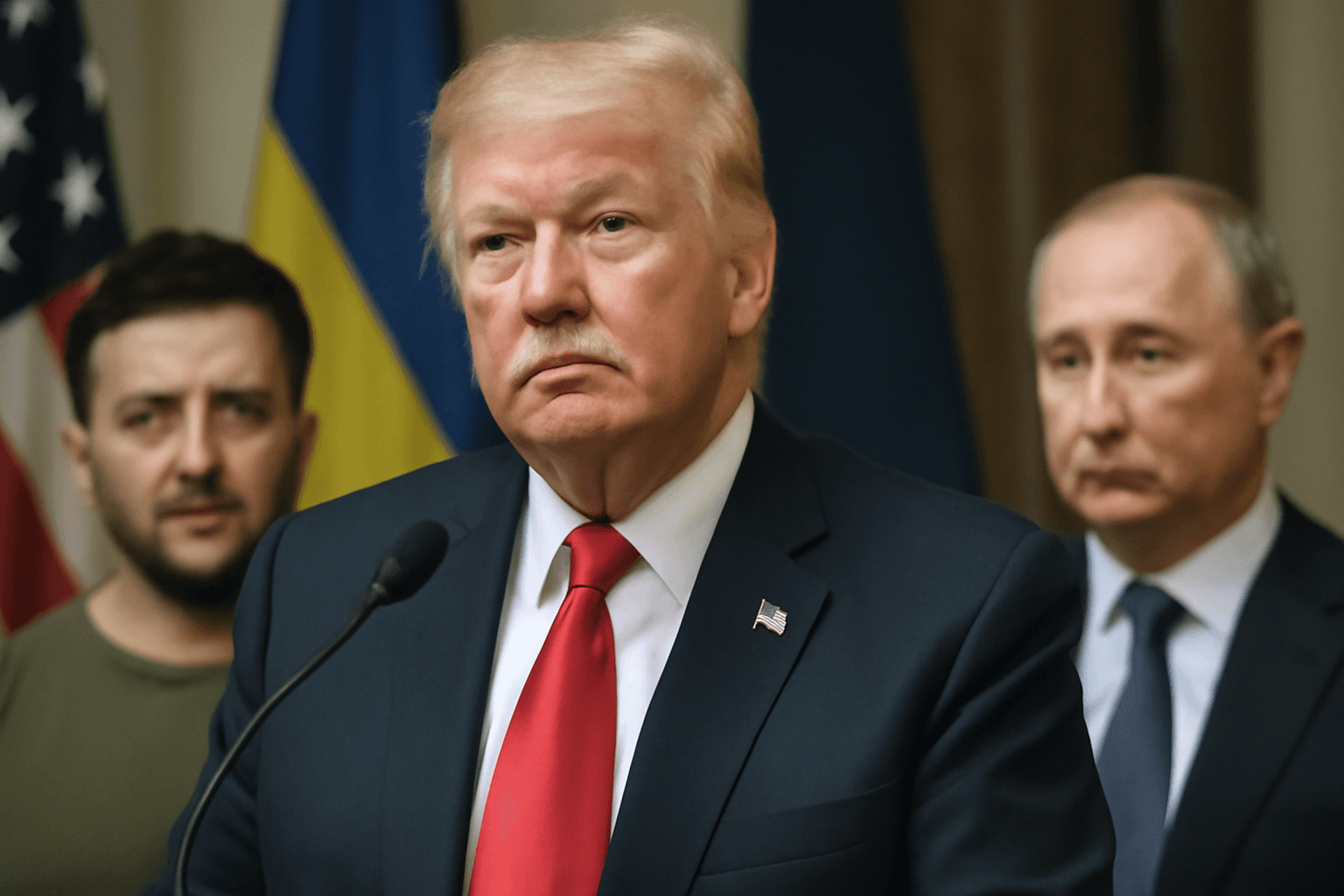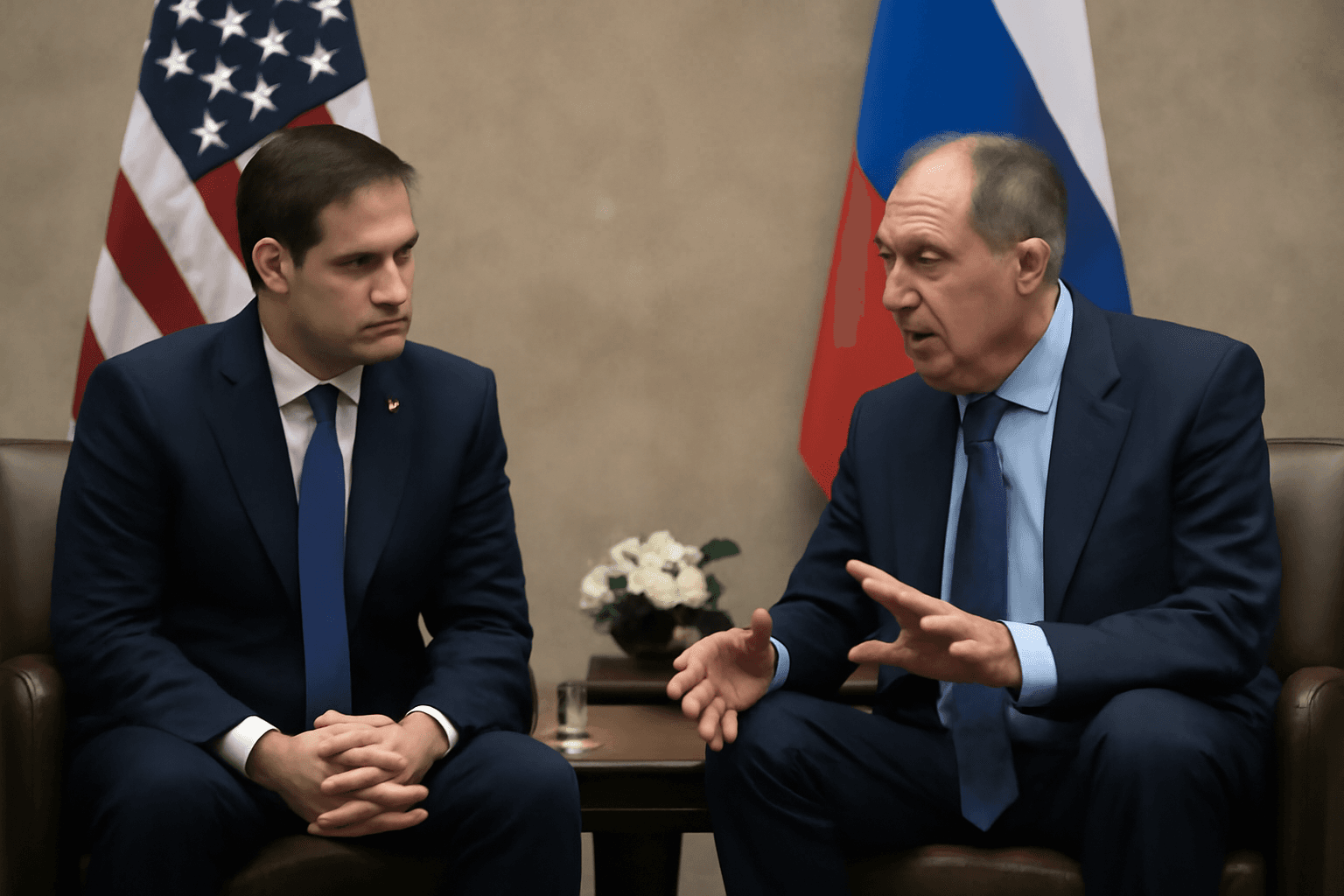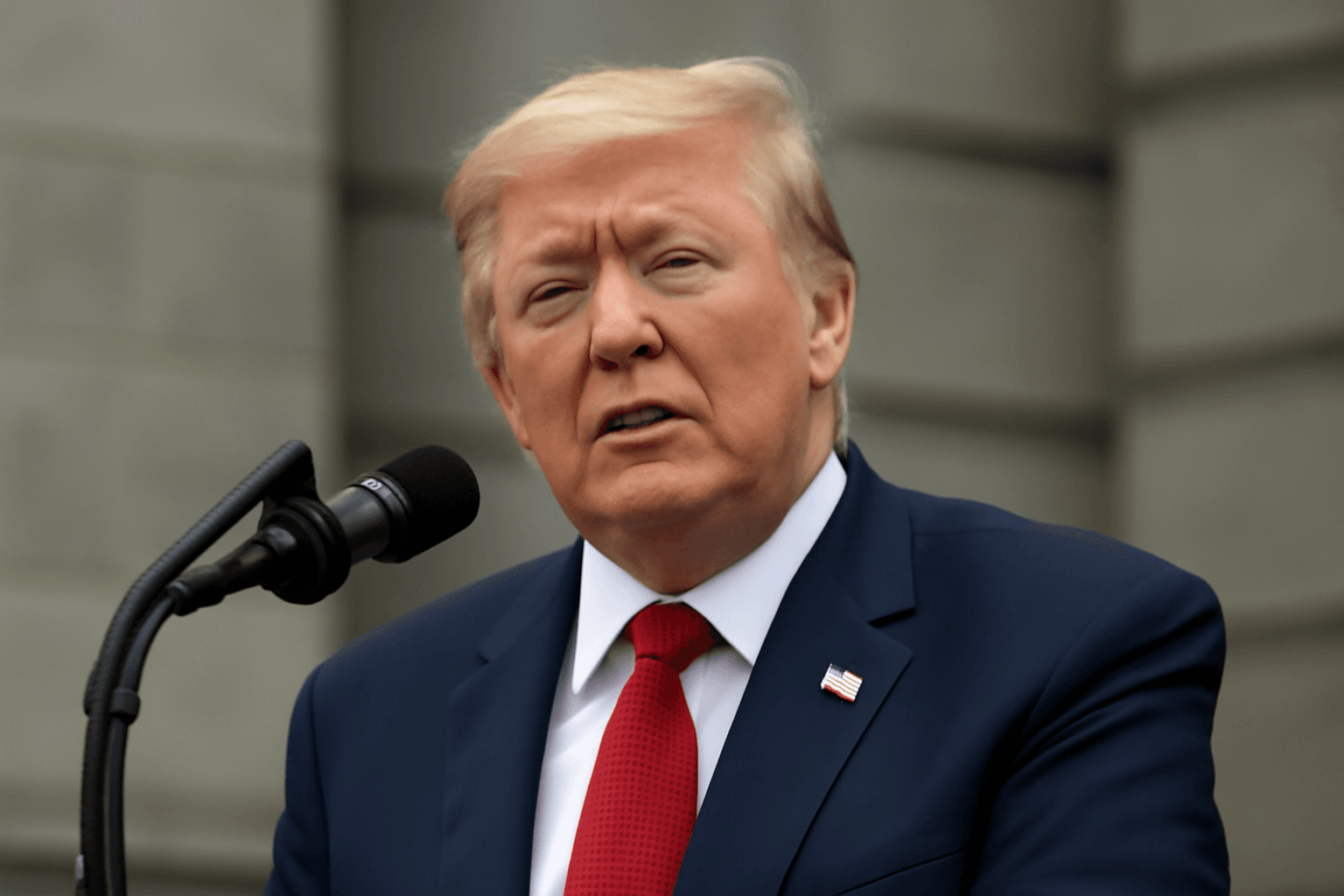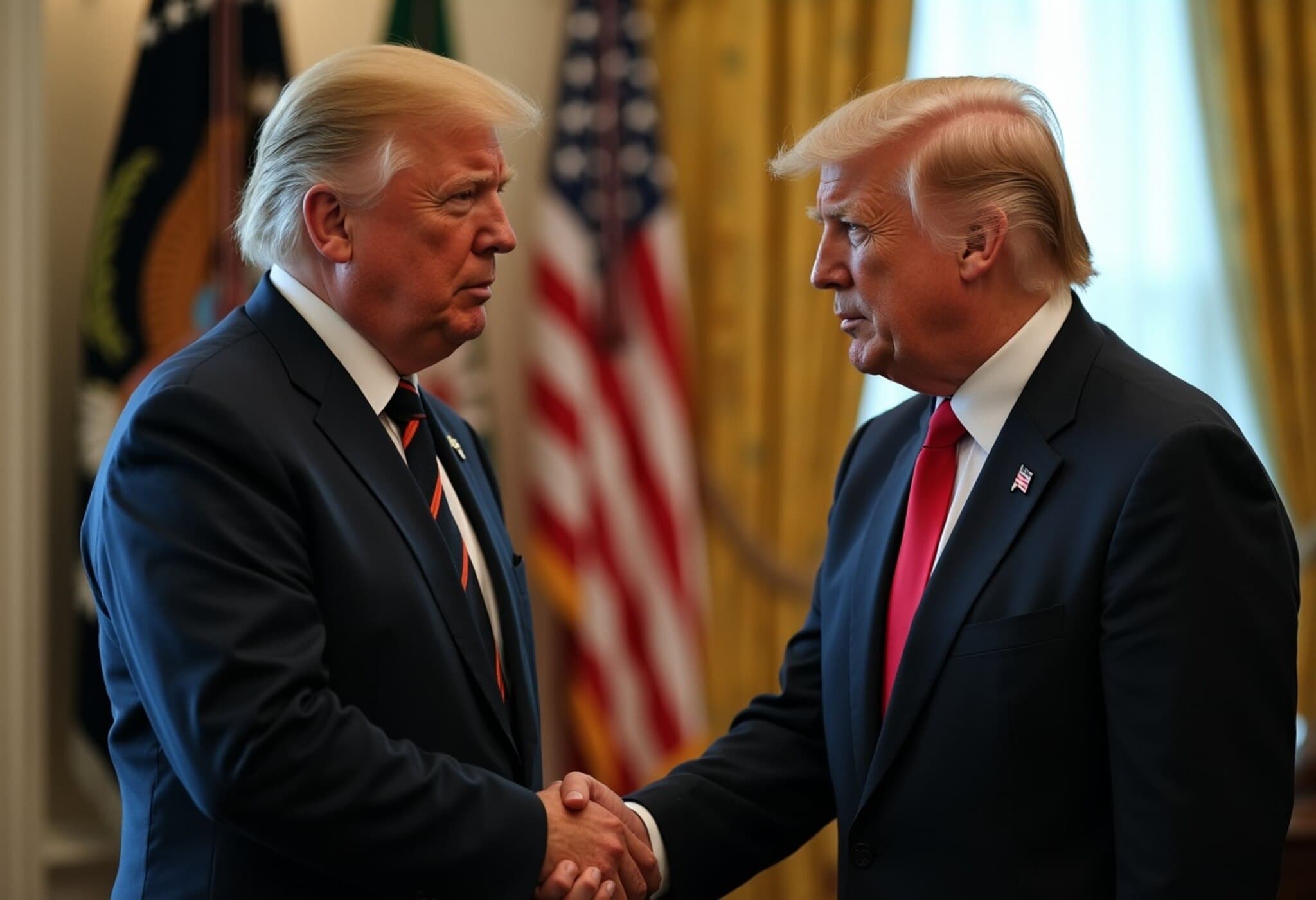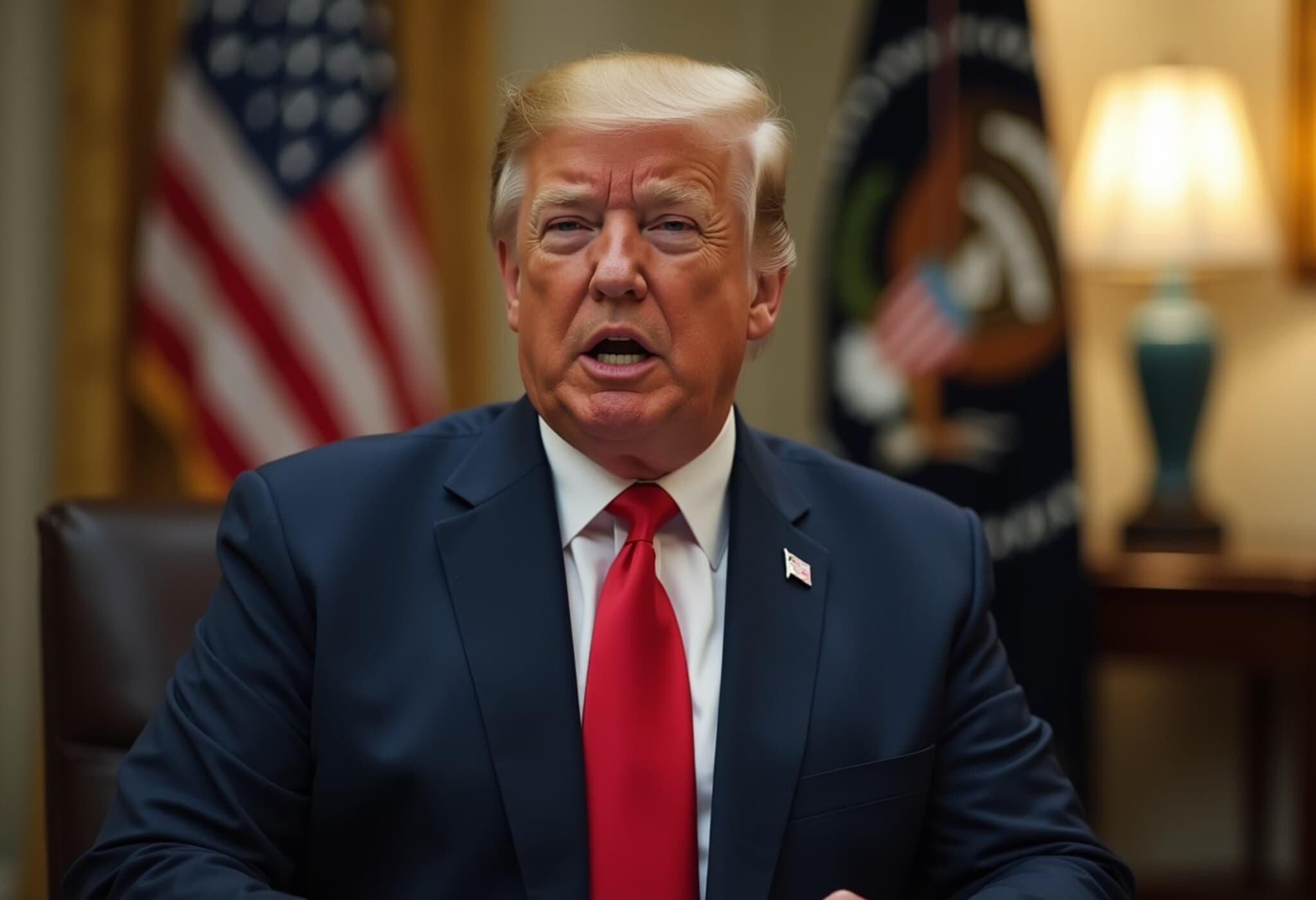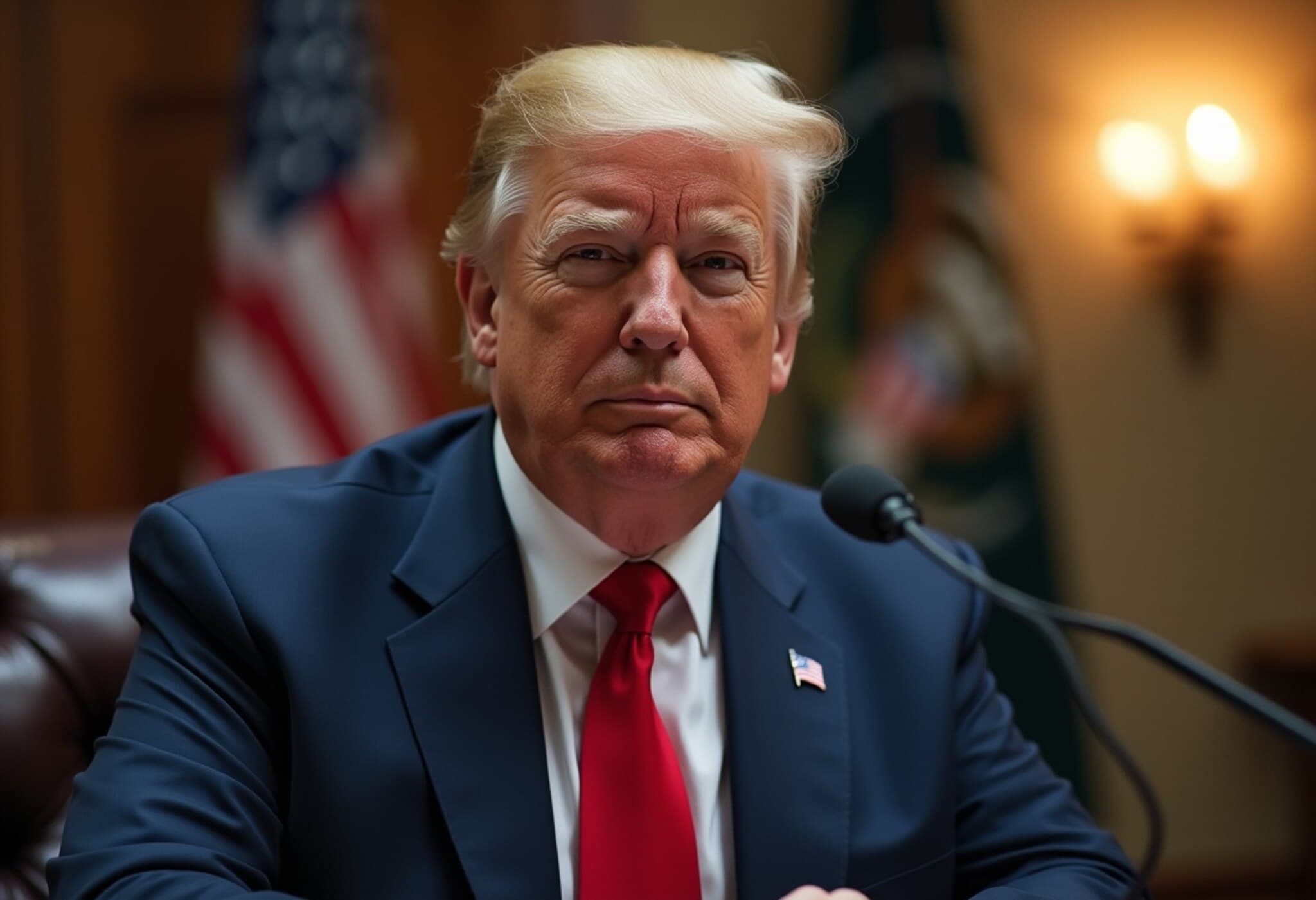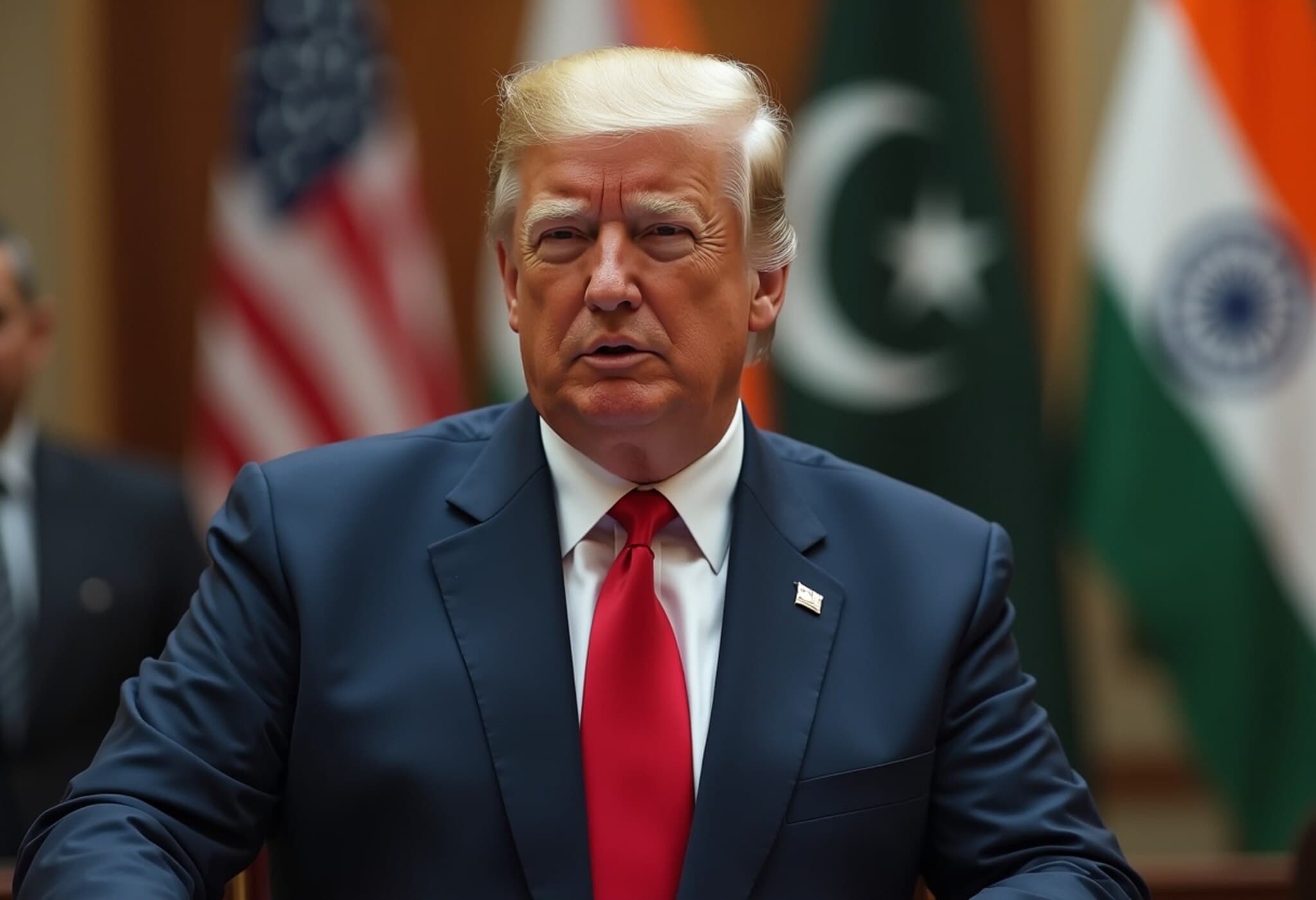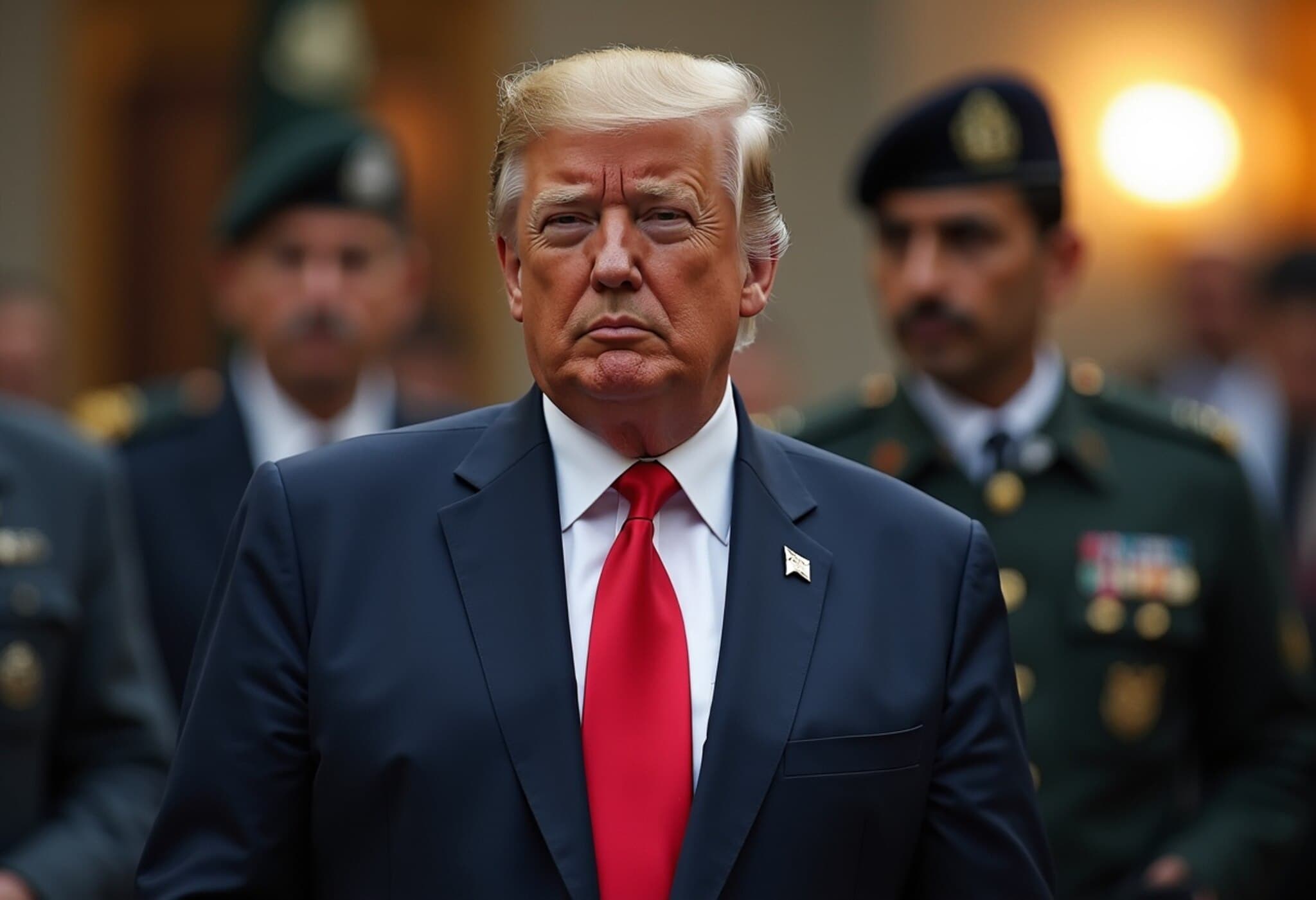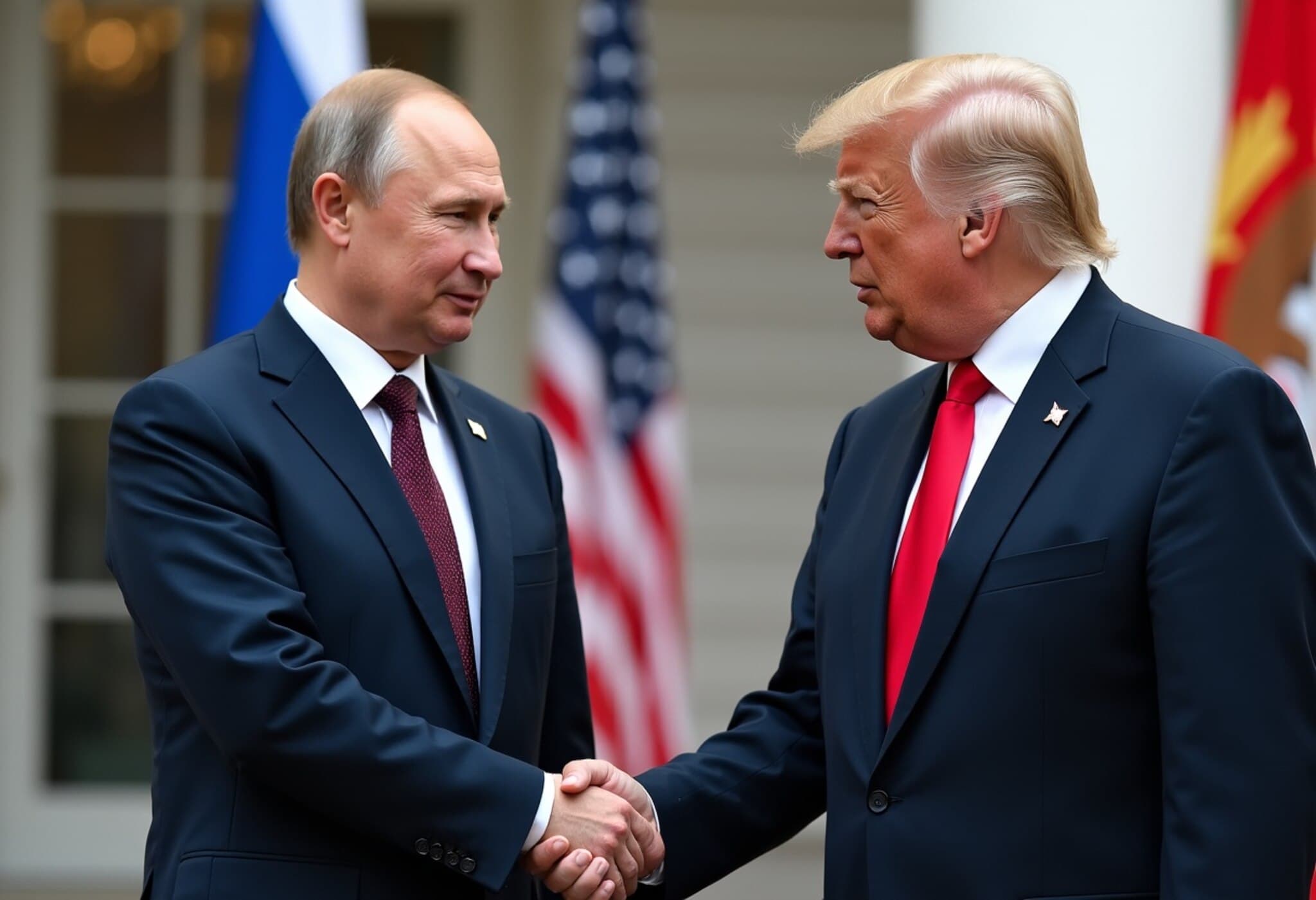Trump Reiterates India-Pakistan Ceasefire Claims During Putin Summit
On August 15, 2025, coinciding with his high-profile summit meeting with Russian President Vladimir Putin in Anchorage, Alaska, former US President Donald Trump once again asserted that he had successfully brokered peace between India and Pakistan—two nuclear-armed neighbors with historically strained relations. Speaking to Fox News shortly after his extended talks with Putin concluded, Trump emphasized that he had played a pivotal role in ending the ongoing military hostilities between the South Asian rivals.
Contrasting Narratives: Direct Military Dialogues vs. US Mediation
While Trump confidently claimed, “I’ve negotiated five wars to their end, including India and Pakistan,” officials in New Delhi maintain a different account. The Indian government underscores that the cessation of hostilities occurred through direct engagement between the military leadership of both countries—specifically between their Directors General of Military Operations—without any third-party mediation, especially from the United States.
“India and Pakistan’s decision to halt military action emerged from direct bilateral talks,” stated a spokesperson for India’s Ministry of External Affairs, emphasizing the region’s enduring desire for sovereign diplomatic resolutions.
Trump’s Approach: Trade as a Lever for Peace
In his interviews, Trump elaborated on his unconventional approach to conflict resolution. He spoke about leveraging economic incentives, especially trade relationships, as a means to encourage peace among warring nations.
“When I’m negotiating trade deals, if countries are at war, I tell them, ‘No deal unless you make peace.’ That’s how I get it done,” Trump explained.
Trump also cited other conflicts, including tensions in Central Africa and Southeast Asia, claiming credit for contributing to various ceasefires and peace talks.
Economic Pressures and Tariffs: The India-Russia Oil Connection
Another key topic during Trump’s talks with Putin was India’s ongoing energy partnership with Russia. Trump highlighted that India’s large-scale purchases of Russian oil—comprising roughly 40% of India’s oil imports—had led him to impose tariffs totaling 50% on Indian goods, including a specific 25% tariff on oil imports, effective from August 27.
“If needed, I’m prepared to escalate tariffs or secondary sanctions that would deeply impact these trade flows,” Trump warned, though he left the door open for negotiation.
India’s Ministry of External Affairs promptly responded, condemning the tariffs as “unjustified and unreasonable”. Officials reaffirmed India’s resolve to protect its national interests and economic security amid these tensions.
Unresolved Global Conflicts and the Limits of Diplomacy
Despite Trump’s narrative of multiple conflict resolutions, his summit with Putin notably ended without any concrete agreement to address the ongoing Russia-Ukraine war—a conflict that continues to reshape international diplomacy and global security arrangements.
Analysts point out the complexities involved in leveraging trade as a peace tool, especially when intertwined with geopolitical rivalries, nuclear capabilities, and longstanding historical grievances. The India-Pakistan ceasefire, reached through direct military dialogue, reflects the nuanced, often non-linear path to peace in volatile regions.
Expert Insight: The Challenge of Credibility and Diplomacy
Dr. Maya Rao, a foreign policy expert specializing in South Asian security at the Council on Foreign Relations, notes:
“Claims of conflict resolution are rarely attributed to a single actor. In cases like India and Pakistan, multiple channels, including grassroots diplomatic efforts, back-channel communications, and military-to-military contacts, contribute to stabilization. While international influence is impactful, simplifying it as a unilateral achievement overlooks the region’s complex diplomatic fabric.”
Looking Ahead: Implications for US-India Relations
Trump’s recent tariffs and blunt rhetoric risk complicating the burgeoning strategic partnership between the United States and India, especially in light of shared concerns about China’s regional ambitions.
- India’s growing energy needs and its pragmatic approach to global relationships—including with Russia—are likely to remain a point of contention.
- US policymakers must balance economic pressures with diplomatic engagement to strengthen ties without alienating key partners.
- The evolving dynamic provides a case study on how trade, security, and diplomacy intersect in an increasingly multipolar world.
Editor’s Note
The narrative around conflict resolution is as complex as the conflicts themselves. While bold claims of diplomatic successes capture headlines, the reality often lies in patient, multifaceted negotiations between national actors on the ground. The India-Pakistan ceasefire exemplifies this, where direct military engagement prevented escalation without external mediation. As US trade policies and sanctions ripple globally, it remains vital to consider how economic tools complement or complicate traditional diplomacy—especially among allies and rivals navigating an unpredictable geopolitical landscape.

